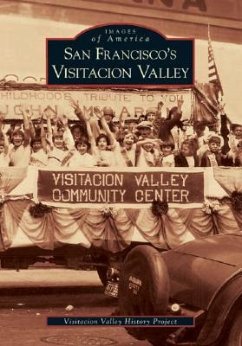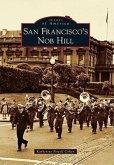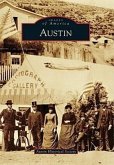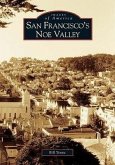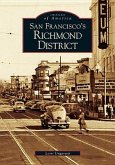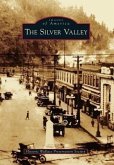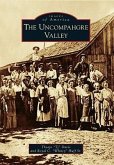Rancho Caqada de Guadalupe, La Visitacion y Rodeo Viejo was named in July 1777 by a party of Spanish priests and soldiers who lost their way in heavy fog while en route to the Presidio. Now called Visitacion Valley, this area was the only Mexican land grant within San Francisco deeded to an Anglo. Windmills pumped water to irrigate the fields of early settlers' cattle farms, nurseries, and vegetable gardens, leading to the nickname "Valley of the Windmills." Over the years, however, the pastoral scenery gave way to a mix of housing and commerce, and today Visitacion Valley is one of the city's most ethnically diverse neighborhoods.
Hinweis: Dieser Artikel kann nur an eine deutsche Lieferadresse ausgeliefert werden.
Hinweis: Dieser Artikel kann nur an eine deutsche Lieferadresse ausgeliefert werden.

